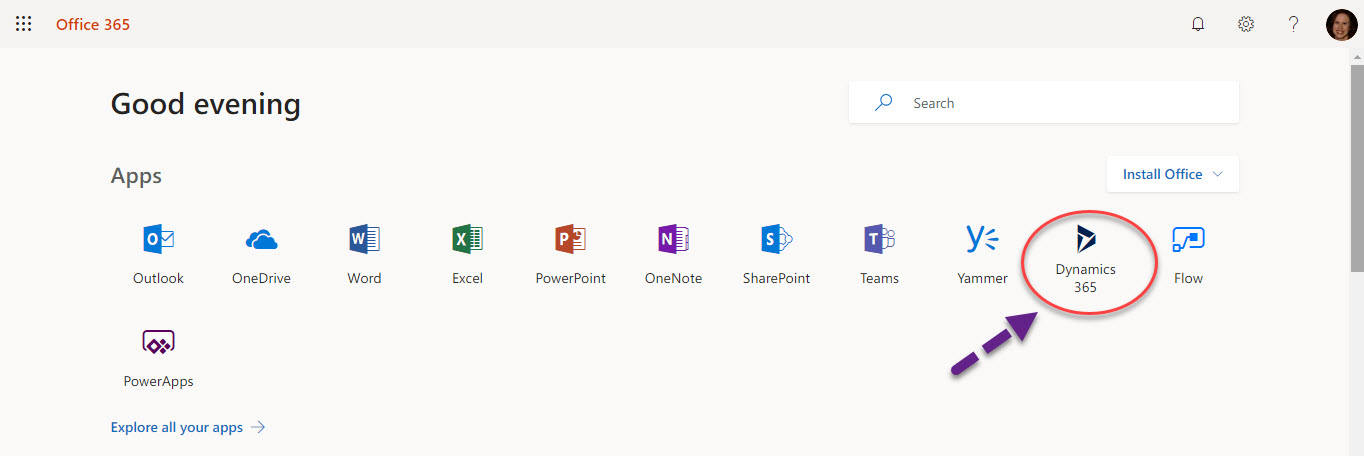[vc_row][vc_column][vc_column_text]
In today’s association marketplace, most people in the industry understand the basic functions of an AMS (association management software) solution. At its core it is a database that houses membership, event, and basic accounting data.
Starting in 2005, progressive associations started learning about what the Fortune 500 companies where doing with true CRM systems that Siebel and others were creating. Organizations wanted to have interconnectivity between their various software’s. They wanted one place where they could get a 360° view of their customers and access their marketing, finance, community, etc. data under one main umbrella. Thus, using CRM (customer resource management) solutions in associations began. Unlike AMS systems who try to retro-fit their software to plug holes created by new software integrations, CRMs were designed from their onset to seamlessly integrate and extend associations’ software capabilities.
Top CRMs Used by Associations Today
Today from a CRM perspective, the top two in the association marketplace are Microsoft Dynamics and Salesforce. Both CRMs provide equivalent sales, service, and marketing functionality. They also both provide customizable data entry form design, easy reporting, social monitoring, app stores, dashboarding, etc.
Companies like Altai have added membership, events, certification, donation and member commerce to CRM. Historically, Salesforce was first out with a CRM SaaS solution, and today they have 19% of the market. Since then others have also introduced SaaS models and have captured the rest of the market: Microsoft has 5%, Oracle, SAP, Sugar, HubSpot, Zoho and others have 75% of the market combined.
What is a Business Platform?
As technology continues its constant evolution, so too must associations continue to evolve in their approach association management. Today’s progressive organizations need more than just a CRM. They need security from hacking. They need Business Intelligence (BI) to collect, integrate, and analyze complex data. They need global compliance (GDPR, and many others). They need artificial intelligence (AI) to help anticipate their members’ needs. They need multi-channel marketing automation to reach members on every communication platform they are currently using. They need financial management (ERP) for forecasting. Simply put – they need MORE.
Business platforms provide organizations all the same things traditional CRM platforms provide and MORE. They provide, security, BI, AI, ERP, temporary and permanent infrastructures, service management, sales management, identity management, community management, integration management, data quality management, countless extendable apps, etc. The list goes on and on!
Arguably the most robust Business Platform is Microsoft Dynamics.
Top Platform Facts
Approximately one-third (1/3) of organizations worldwide are currently using Office 365. Chances are very high that your organization is using Office 365 right now. If you are, you should know that NO OTHER Business Platform can integrate as seamlessly with Office 365 as Microsoft Dynamics. They are made to go together. Dynamics even appears as an “app” on the Office 365 dashboard.
How Do I Know if I Need a Platform?
If you are contemplating a digital transformation change, then you need a platform. If you are constantly adding and integrating systems to support ever-growing needs to support your members, then you need a platform. If you have an IT staff that wants to be relevant to today’s marketplace, then you need a platform. If you believe that your needs are beyond supporting simple revenue streams, then you need a platform. If your organization operates more like a current Fortune 500 corporation instead of the typical association business model formed in late 80s and early 90s, then you need a platform.
Do you derive all your revenue from membership, events, products, a few donations, etc.? Is your business model for the next 10 years projected to be the same as the last 20 years? Then you will be better served by sticking with your current legacy system or purchasing a new inexpensive AMS. If you answered, “No,” to these questions, then the time has come for you to evolve with the times, purchase a Business Platform and undergo a digital transformation.
Contact us at sales@altaisystems.com to learn how we can show you what the power of the Microsoft Dynamics 365 platform, on which Altai Systems is built, can do for your organization.[/vc_column_text][/vc_column][/vc_row]



